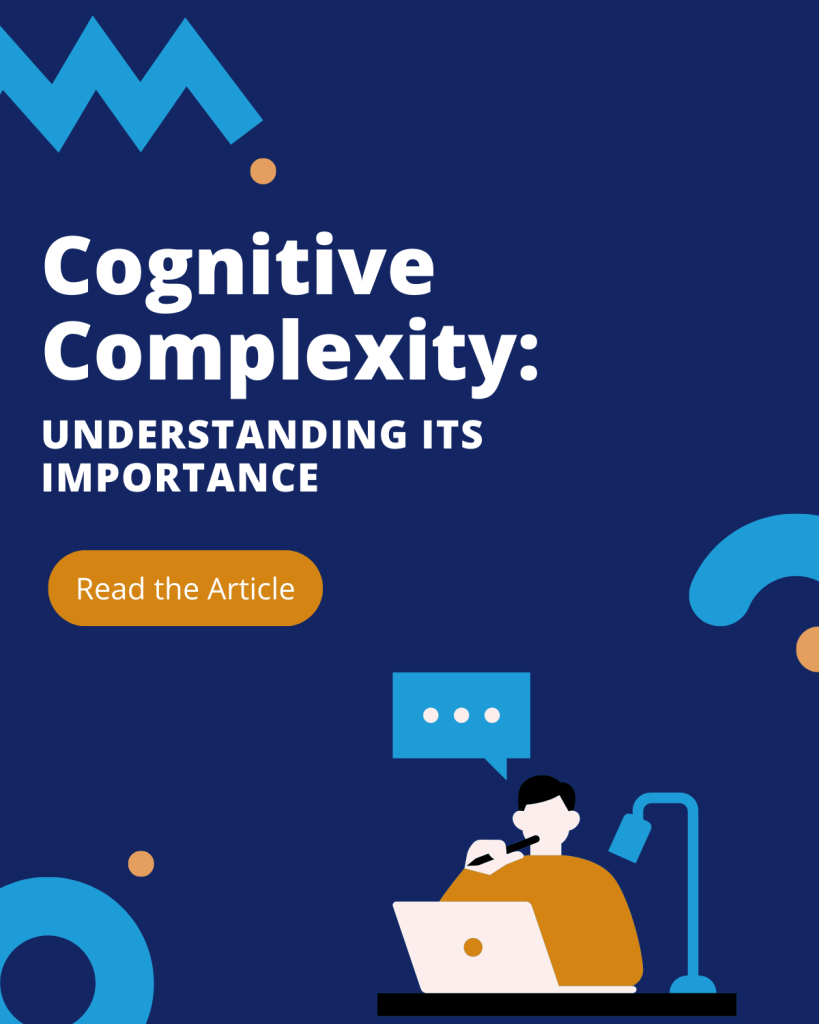Introduction
The SPACE framework has emerged as a powerful tool in the world of engineering, enabling organizations to optimize their processes and achieve better outcomes. In this article, we will explore the different dimensions of the framework, its importance in data-driven decision making, and how engineering principles can be applied to maximize its potential. Whether you are a software developer, data analyst, or a business leader, understanding the SPACE framework can unlock new opportunities for success.
What is the SPACE Framework?
The SPACE framework, short for Strategic Position and Action Evaluation, is a comprehensive model that helps organizations assess their current position and make strategic decisions accordingly. It was developed by the Boston Consulting Group (BCG) and has gained popularity due to its ability to provide a holistic view of an organization’s internal and external factors. By analyzing these factors, the SPACE framework allows businesses to identify their strengths, weaknesses, opportunities, and threats. This information is crucial for formulating effective strategies that align with the organization’s goals.
SPACE Framework Engineering
Engineering principles play a vital role in the implementation and utilization of the SPACE framework. Just like any other engineering project, the framework requires careful planning, analysis, and execution. Engineers need to understand the specific needs of the organization and tailor the framework accordingly. They must identify the right data sources, establish data governance practices, and ensure the accuracy and reliability of the data. Additionally, engineers need to design and develop the necessary tools and systems to collect, process, and analyze the data.
What is the Difference Between DORA and the SPACE Framework?
While the SPACE framework focuses on assessing an organization’s strategic position, DORA (DevOps Research and Assessment) metrics primarily measure the organization’s software delivery and operational performance. DORA metrics evaluate factors such as deployment frequency, lead time, and mean time to recovery. While the SPACE framework provides a holistic view of the organization’s strategic position, DORA metrics offer insights into the efficiency and effectiveness of software development and deployment practices. By combining the insights from both frameworks, organizations can gain a comprehensive understanding of their overall performance and identify areas for improvement.
Understanding the Importance of Data in This Model
Data is the fuel that powers the SPACE framework. Without accurate and relevant data, the framework loses its effectiveness. Data provides the foundation for decision making, allowing organizations to identify trends, patterns, and insights. It enables businesses to track their performance, evaluate their strategies, and make informed decisions. In the context of the SPACE framework, data helps organizations assess their internal and external factors, identify gaps, and uncover opportunities. Therefore, organizations must invest in data quality and data management practices to ensure the success of the framework.
What are the SPACE Performance Metrics?
The SPACE framework relies on various performance metrics to evaluate an organization’s strategic position. These metrics provide a quantitative measure of the different factors considered in the framework. Some of the key metrics include financial performance, market competitiveness, technological capabilities, and operational efficiency. By tracking these metrics, organizations can gain a deeper understanding of their strengths and weaknesses and make informed decisions to improve their position. This model provides a structured approach to assess and monitor these performance metrics, enabling organizations to stay ahead in the ever-evolving business landscape.

What are the Dimensions of the SPACE Framework?
The SPACE framework comprises four dimensions: stability, performance, adaptability, and capability. These dimensions represent different aspects of an organization’s strategic position. Stability refers to the organization’s current financial and operational stability. Performance assesses the organization’s market performance and its ability to generate profits. Adaptability measures how well the organization can respond to external changes and uncertainties. Capability focuses on the organization’s internal capabilities and resources. By considering these dimensions, the SPACE framework provides a comprehensive evaluation of the organization’s strategic position.
How Engineering Principles Apply to the SPACE Framework
Engineering principles are essential for the successful implementation and application of the SPACE framework. Engineers apply their expertise to design and develop the necessary tools, systems, and processes to collect and analyze data. They ensure that the data is accurate, reliable, and relevant for decision making. Moreover, engineers utilize their problem-solving skills to address challenges and optimize the framework’s performance. Applying engineering principles to the SPACE framework ensures that organizations can leverage the full potential of the structure to drive strategic growth and success.
SPACE Framework Developer Productivity
The SPACE framework not only benefits organizations as a whole but also provides opportunities for software developers to enhance their productivity. By utilizing the framework, developers can gain insights into the organization’s strategic goals and align their efforts accordingly. The framework enables developers to prioritize their tasks, focus on high-value activities, and contribute to the organization’s overall success. Moreover, by understanding the dimensions of this model, developers can identify areas for improvement and propose innovative solutions. This alignment between software development and the SPACE framework enhances developer productivity and fosters a culture of continuous improvement.
The Role of Software Development in the SPACE Framework
Software development plays a crucial role in the effective implementation of the SPACE framework. Developers are responsible for creating the necessary tools and systems to collect, process, and analyze the data required for the framework. They ensure that the data is accessible, secure, and actionable. Moreover, software developers collaborate with other stakeholders to integrate the SPACE framework into existing systems and processes. Their expertise in software engineering enables organizations to leverage the full potential of the framework and make data-driven decisions that drive business growth.

The Benefits of Adopting a DevOps Approach in the SPACE Framework
Adopting a DevOps approach in conjunction with the SPACE framework can yield significant benefits for organizations. DevOps emphasizes collaboration, automation, and continuous delivery, enabling organizations to streamline their software development and deployment processes. By integrating DevOps practices, organizations can enhance their agility, reduce time-to-market, and improve the quality of their software. The combination of this structure and a DevOps approach empowers organizations to achieve faster innovation, higher customer satisfaction, and sustainable growth.
Implementing the SPACE Framework: Best Practices and Challenges
Implementing the SPACE framework requires careful planning and execution. Organizations should start by clearly defining their strategic goals and objectives. They should identify the data sources and establish data governance practices to ensure data quality and reliability. Additionally, organizations should invest in the necessary tools, systems, and resources to collect, process, and analyze the data. Regular monitoring and evaluation of the framework’s performance are essential to ensure its effectiveness. However, implementing the SPACE framework also comes with challenges, such as resistance to change, data integration issues, and scalability concerns.
SPACE Framework Agile
Agile methodologies can be effectively integrated with the SPACE framework to enhance its implementation and outcomes. Agile emphasizes iterative and incremental development, enabling organizations to adapt quickly to changing requirements and market dynamics. By adopting agile practices, organizations can ensure that this structure remains flexible, responsive, and aligned with their strategic goals. Agile enables organizations to break down complex tasks into manageable increments, delivering value early and continuously improving. This iterative approach aligns with the adaptability dimension of the SPACE framework, allowing organizations to respond effectively to changes and seize opportunities.
SPACE Framework Example
To illustrate the practical application of the SPACE framework, let’s consider an example. Company X, a leading e commerce platform, wants to assess its strategic position in the market and identify areas for improvement. By applying this model, Company X evaluates its financial stability, market competitiveness, adaptability to technological changes, and internal capabilities. Based on the analysis, Company X identifies the need to invest in technology upgrades, enhance its operational efficiency, and expand its product offerings. By leveraging the insights from the SPACE structure, Company X formulates strategic initiatives to address these areas and gain a competitive edge in the market.
Conclusion
The SPACE framework offers organizations a comprehensive approach to assess their strategic position and make informed decisions. By leveraging engineering principles, organizations can effectively implement and utilize the framework to drive growth and success. Data plays a crucial role in this model, enabling organizations to gain insights, track performance metrics, and identify opportunities. The integration of software development practices further enhances the framework’s effectiveness. By adopting a DevOps approach and integrating agile methodologies, organizations can unlock the full potential of the SPACE structure and achieve sustainable growth in the dynamic business landscape.
Learn how to implement and optimize the software development process to drive growth and success, read our article about Code Review Checklist.
If you enjoyed the reading share it on your social media😁
IT METRICS TO BECOME AN EXPERT














Leave a Reply